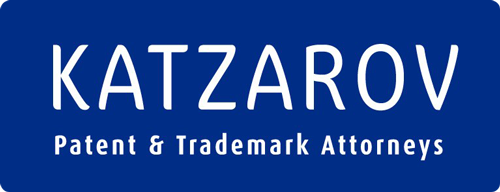Table of Contents
Patents of Invention
Legal Basis
– Patents Act No. 57 of 1978 and Patent Regulations 1978, effective from January 1, 1979.
– The Patents Amendment Acts of 1979, 1983, 1986, 1988, 1996, 1997, 2001, 2002 and 2005.
– Companies Act of 2008.
Membership in International Conventions
– Paris Convention.
– Patent Cooperation Treaty (PCT).
Filing Requirements
– Declaration and power of attorney signed by applicant (within six months of filing date);
– Statement on the use of indigenous biological resource, genetic resource traditional knowledge or use (within six months of filing date);
– Assignment of invention (and of priority rights if applicable);
– Specification;
– Drawings;
– An abstract, comprising the technical disclosure of not more than 150 words, and a copy of a figure of the drawings which best serves to illustrate the invention;
– Certified copy of priority document (within six months of filing date), with a verified translation if in a language other than English.
Remarks
National Phase of PCT: under Chapter I: 31 months; under Chapter II: 31 months. Extendible to 34 months.
Duration: patent issued after formal examination only – valid for 20 years.
Annuities: are due at the end of the third year and annually thereafter.
Opposition: not provided for.
Trade and Service Marks
Legal Basis
– The Trade Marks Act No. 194 of 1993, came into force on May 1, 1995.
– The Trade Mark Regulations, 1995, in force since May 1, 1995, as amended.
Membership in International Conventions
– Paris Convention.
Filing Requirements
– Power of attorney, simply signed;
– Full name, physical business address and nationality (or description) of applicant;
– List of goods or services. Each registration is restricted to one class of goods or services;
– Priority documents (if applicable), with verified English translation, to be submitted within three months after filing.
Remarks
Duration – renewals: 10 years from the date of application; renewable for further periods of 10 years.
Obligation to use the registered mark: compulsory. Trademarks may be removed from the Register, on application by any interested person to the Registrar or to the High Court, if they have not been used for a continuous period of five years from the date of issue of the certificate of registration.
Opposition: any interested party may lodge an opposition (Notice of Opposition and Founding Evidence) with the Registrar or request an extension within which to do so, within three months from the date of publication of an application.
Industrial Designs
Legal Basis
– Designs Act No. 195 of 1993, as amended, and Designs Regulations 1999.
Membership in International Conventions
– Paris Convention.
Filing Requirements
– Declaration and power of attorney;
– Statement of novelty definitively setting out the features for which protection is claimed, together with an explanatory statement if necessary;
– Statement whether the design is to be registered in part A (aesthetic design) or part F (functional design) of the Register;
– 4 sets of identical representations in the form of drawings or photographs. The Registrar may also call for the submission of specimens;
– In Convention cases, a certified priority document with a verified translation if in a language other than English.
Remarks
Duration: after formal examination only: for aesthetic and functional design, 15 years and 10 years respectively from the date of registration, or from an earlier release date or priority date, whichever is earlier, subject to the payment of annual renewal fees after the third year (six-month extension available on payment of a fine).
Opposition: not provided for.
Domain Names
Filing
ccTLD: .za
Applicant: individuals and legal entities.
Local presence: not required..
Remarks
Duration – renewals: one year, renewable.
Uniform dispute resolution procedure: none, but Alternate Dispute Resolution Regulations are in force under the Electronic Communications Act.

